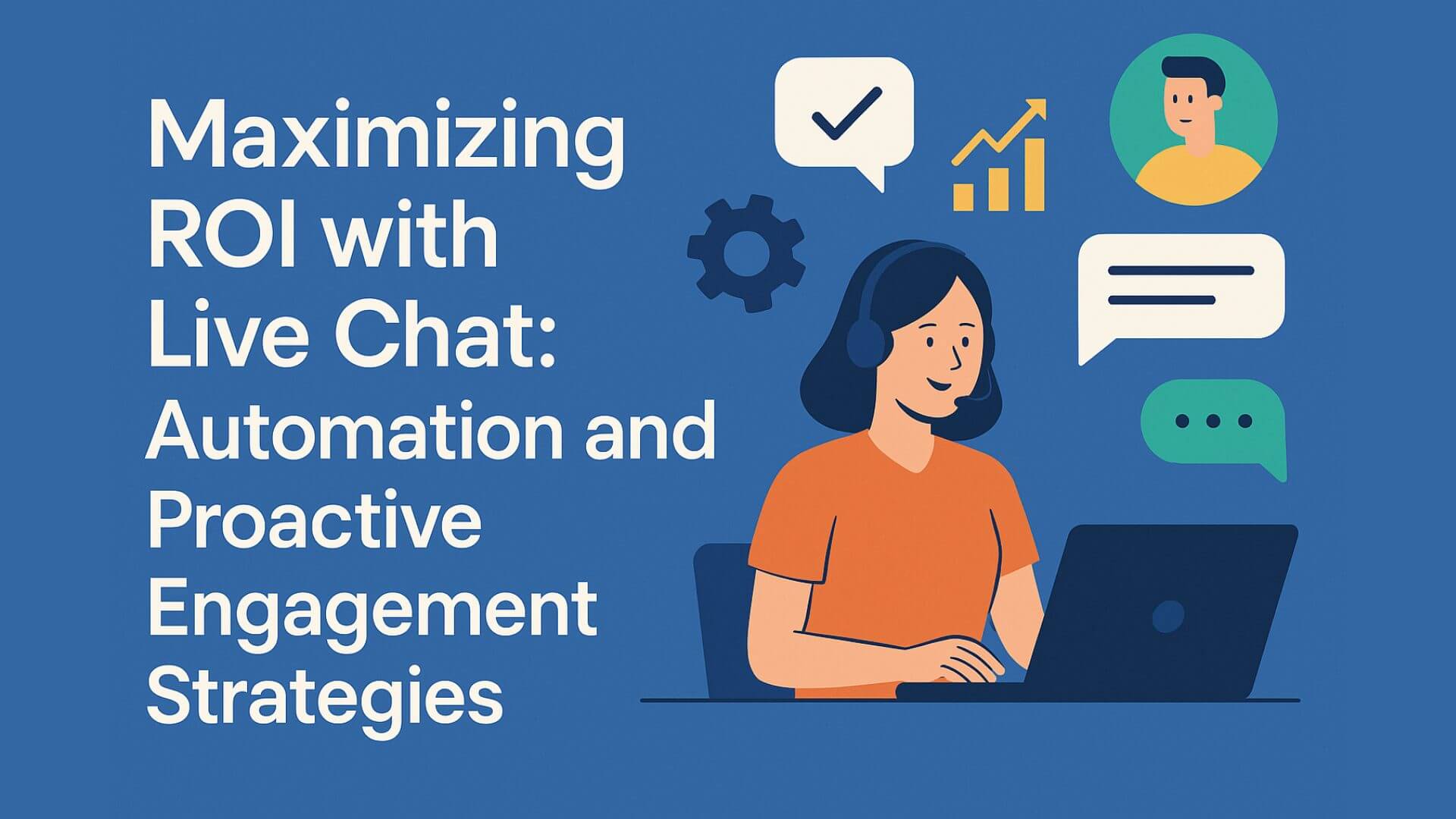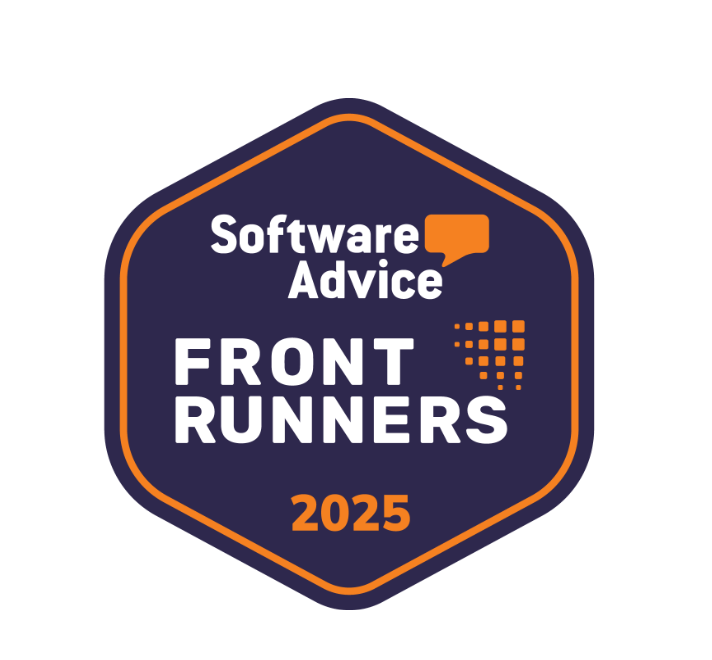
There are more ways than ever for customers to get in touch with tech support. Ever wonder what customer service looked like 50 or 60 years ago? It certainly wasn’t as accessible or intuitive as it is today. Here’s a look back at how customer support technologies evolved over the last century, and a peak at where they’re going next.
1960s-1970s: Emergence of Call Centers
The concept of providing on-demand customer support began with call centers in the 1960s. Companies set up centralized offices to handle customer inquiries and issues via telephone. These early call centers were often powered by manual processes, with operators using basic databases to retrieve customer information.
The first company to establish a more formal call center was the Birmingham Press and Mail, a tabloid newspaper based in the UK. In 1965 the company installed an Automatic Call Distributor (ACD), an early computer that used an algorithm to filter and assign calls to appropriate agents.
By the early 1970s, more call-routing systems were beginning to include ACD technology, ushering in the development of large-scale call centers.
1980s-1990s: The Dawn of CRM Software
The next two decades saw the adoption of computerized systems for customer support. Companies started using customer relationship management (CRM) software to manage customer information and interactions. Though primarily used for outbound marketing campaigns, these systems also allowed for better organization and tracking of customer data.One of the early pioneers in CRM software was ACT!, which launched in 1987. It was originally developed by Conductor Software and later acquired by Symantec and then Swiftpage.
ACT! was initially designed as a contact management tool, but evolved to include more CRM functionalities over the years.Another notable mention is Siebel Systems, founded in 1993 by Thomas Siebel. Siebel Systems developed CRM software that gained popularity in the late 1990s and early 2000s.These early systems laid the foundation for the development of the modern CRM software, and today there are numerous CRM solutions available from various vendors. Salesforce, founded in 1999, is one of the most well-known and widely used CRM platforms today.
1990s-Early 2000s: Email and Live Chat
This was a period of tremendous technological growth for the customer support industry, thanks to the rise of the Internet. Customer interactions expanded to email and web-based platforms: Companies began using email for customer communication, and websites provided self-service options and FAQs..In the late 1990s, live chat support emerged as a popular communication channel. Companies started integrating live chat features on their websites, enabling real-time interactions between customers and support agents.
One of the early implementations of live chat was by LivePerson, a company founded in 1995 in New York City. LivePerson introduced a live chat platform in 1998, allowing businesses to engage with website visitors in real-time.Initially, live chat systems were basic and primarily used for customer support. Over time, as internet technology advanced and online communication became more sophisticated, live chat evolved to be integrated into various websites for purposes beyond customer support, including sales, lead generation, and general communication.
Mid-2000s: Social Media Support & Help Desk Software
At the start of the new millennium, social media platforms like Facebook began to emerge. Companies began using Facebook for marketing and promotion shortly after the platform expanded beyond college students and was opened to the general public in September 2006. Once the platform opened its doors to a broader audience, businesses recognized the opportunity to connect with a large and diverse user base. Facebook introduced Pages for businesses in November 2007, providing a dedicated space for companies to create a presence on the platform. This marked the beginning of companies actively using Facebook for branding, customer engagement, and marketing purposes.
At the same time, help desk software became more sophisticated in the mid-2000s, offering integrated solutions for managing customer support tickets, automating workflows, and tracking performance metrics. This period also saw the adoption of customer support ticketing systems.
Fun fact: TeamSupport was founded in 2008!
2010s: The Rise of Artificial Intelligence & Natural Language Processing
The 2010s marked a significant shift toward AI in customer support. Chatbots and virtual assistants powered by AI became increasingly popular for handling routine inquiries, providing 24/7 support, and improving response times.In the early 2000s, simple chatbots were used on websites to assist with frequently asked questions and basic customer support. By 2010, with advances in AI and natural language processing, chatbots became more sophisticated, and companies started incorporating chatbots into various platforms, including websites and messaging apps.
Companies like Facebook, with the introduction of its Messenger platform in 2016, played a significant role in popularizing chatbots for business purposes. Businesses started integrating chatbots into messaging apps and websites for customer service, lead generation, and other applications.
Present: Omnichannel Support and Automation
Today, customer support technology emphasizes omnichannel support, integrating various communication channels such as phone, email, chat, and social media. Automation through AI continues to play a crucial role in handling repetitive tasks, routing inquiries, and personalizing customer interactions.
What’s Next: Predictive Analytics and Advanced AI
The future of customer support technology is expected to involve more advanced AI capabilities, including predictive analytics to anticipate customer needs and preferences. AI-driven insights will likely play a key role in providing proactive support and enhancing the overall customer experience.
TeamSupport is here to help our customers stay ahead of the curve. Want to take advantage of our latest AI-powered features, like sentiment analysis and suggested responses? Talk to our sales team today.


